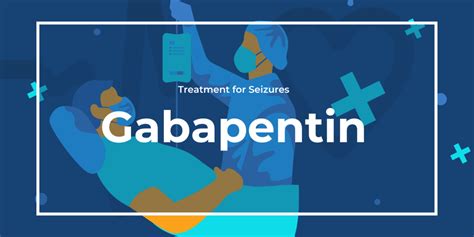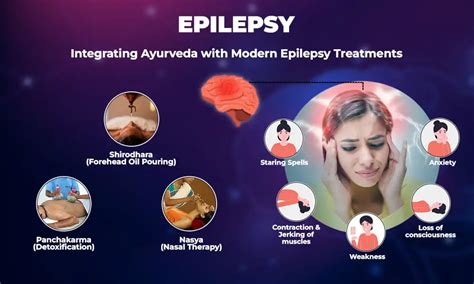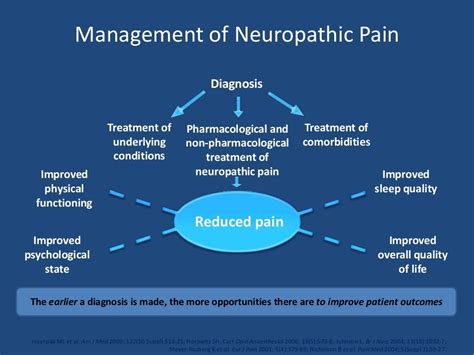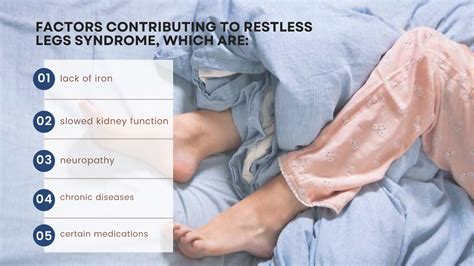Intro
Discover 5 uses of Gabapentin, including nerve pain relief, epilepsy treatment, and anxiety management, highlighting its benefits and applications in neurology and psychiatry.
Gabapentin is a medication that has been widely used for various medical conditions, particularly for its analgesic, anticonvulsant, and anxiolytic properties. Initially developed as an antiepileptic drug, its application has expanded over the years due to its efficacy in managing different types of pain and neurological disorders. The versatility of gabapentin lies in its ability to interact with the nervous system, modulating the way nerves transmit signals, which can help in reducing seizures, pain, and anxiety. Here, we delve into five primary uses of gabapentin, exploring its benefits, mechanisms of action, and the conditions it treats.
Gabapentin's mechanism of action, although not fully understood, is believed to involve the modulation of voltage-gated calcium channels, which play a crucial role in the release of neurotransmitters. By reducing the release of excitatory neurotransmitters, gabapentin can decrease the excitability of neurons, thereby reducing the occurrence of seizures and the transmission of pain signals. This unique mechanism of action makes gabapentin particularly useful for treating conditions that involve abnormal neuronal excitability.
The importance of gabapentin in modern medicine cannot be overstated. Its application spans across various medical specialties, from neurology to psychiatry, and even in the management of certain types of pain that are resistant to traditional treatments. Patients who have not responded well to first-line treatments often find relief with gabapentin, making it a valuable option in the clinician's arsenal against chronic conditions.
Introduction to Gabapentin Uses

Gabapentin's efficacy in treating a range of conditions has led to its widespread adoption. It is prescribed for epilepsy, where it helps in controlling partial seizures and generalized seizures. Its role in pain management, particularly for neuropathic pain, has been well-documented, providing relief to patients suffering from diabetes-related nerve damage, shingles, and fibromyalgia. Additionally, gabapentin is used off-label for several conditions, including anxiety disorders, insomnia, and restless legs syndrome, showcasing its versatility and potential beyond its initial indications.
Epilepsy Treatment

For patients with epilepsy, gabapentin can be a lifesaver. It is often used as an adjunctive therapy, meaning it is used alongside other medications to achieve better control over seizures. Its effectiveness in reducing the frequency of seizures has made it a preferred choice for many clinicians. The drug works by stabilizing abnormal electrical activity in the brain that causes seizures, thus providing relief to patients and improving their quality of life.
Types of Seizures Treated by Gabapentin
Gabapentin is particularly effective against partial seizures, which originate from a specific part of the brain, and generalized seizures, which involve the entire brain. Its use has been associated with a significant reduction in seizure frequency, making it an indispensable medication for epilepsy management.Neuropathic Pain Management

Neuropathic pain, which results from damage to the nervous system, can be debilitating. Conditions like diabetic neuropathy, postherpetic neuralgia (a complication of shingles), and fibromyalgia often respond poorly to traditional painkillers. Gabapentin has emerged as a crucial treatment option for these conditions, providing significant pain relief. It works by altering the way the nervous system processes pain, reducing the intensity of pain signals to the brain.
Clinical Evidence for Gabapentin in Neuropathic Pain
Numerous clinical trials have demonstrated gabapentin's efficacy in neuropathic pain management. Patients treated with gabapentin often experience a substantial reduction in pain intensity, leading to improved sleep quality, enhanced mood, and overall better quality of life. The drug's ability to target the underlying mechanisms of neuropathic pain makes it a valuable asset in pain management.Anxiety Disorders

While gabapentin is not primarily approved for anxiety disorders, its anxiolytic effects have been observed in both clinical settings and studies. It is sometimes prescribed off-label for patients with anxiety, particularly those who have not responded well to traditional anxiolytics or have comorbid conditions that gabapentin can also treat. The exact mechanism through which gabapentin exerts its anxiolytic effects is not fully understood but is believed to involve its interaction with neurotransmitter systems in the brain.
Potential for Gabapentin in Managing Anxiety
The use of gabapentin for anxiety disorders represents a promising area of research. Its potential to provide relief without the dependence and withdrawal issues associated with benzodiazepines makes it an attractive option. However, more studies are needed to fully understand its efficacy and optimal dosing for anxiety.Restless Legs Syndrome

Restless Legs Syndrome (RLS) is a condition characterized by an irresistible urge to move the legs, usually due to uncomfortable sensations. Gabapentin has been found to be effective in managing RLS, particularly in cases that are resistant to dopamine agonists, which are the first-line treatments. Its mechanism in RLS is thought to involve the modulation of glutamate and GABA, neurotransmitters that play a role in the regulation of movement.
Gabapentin's Role in RLS Management
For patients with RLS, gabapentin can significantly reduce symptoms, improving sleep quality and reducing the urge to move the legs. It is often considered when first-line treatments are ineffective or not tolerated, offering an alternative for symptom management.Insomnia and Sleep Disorders

Gabapentin has been used off-label for the treatment of insomnia and other sleep disorders. Its sedative effects can help patients fall asleep and stay asleep, although its use for this indication is not as well-studied as for other conditions. The potential for gabapentin to improve sleep quality, especially in patients with comorbid conditions like chronic pain or anxiety, makes it a valuable consideration in clinical practice.
Clinical Considerations for Gabapentin in Sleep Disorders
When prescribing gabapentin for sleep disorders, clinicians must weigh the potential benefits against the risks, including the possibility of dependence and withdrawal. Monitoring for these adverse effects is crucial, especially in patients with a history of substance abuse.In conclusion, gabapentin's versatility and efficacy across a range of medical conditions make it a vital medication in modern healthcare. From epilepsy and neuropathic pain to anxiety disorders, restless legs syndrome, and insomnia, gabapentin offers hope and relief to patients who may have limited treatment options. As research continues to uncover the full potential of gabapentin, its role in treating complex and chronic conditions is likely to expand, providing more patients with the opportunity to manage their symptoms effectively and improve their quality of life.
To further explore the uses and benefits of gabapentin, or to share your experiences with this medication, we invite you to engage with our community. Your insights and questions can help others understand the potential of gabapentin in managing various health conditions. Please feel free to comment below, and let's continue the conversation about the multifaceted applications of gabapentin in healthcare.
What is gabapentin primarily used for?
+Gabapentin is primarily used for the treatment of epilepsy and neuropathic pain. It is also used off-label for several other conditions, including anxiety disorders, insomnia, and restless legs syndrome.
How does gabapentin work?
+Gabapentin works by modulating the way nerves transmit signals, which can help reduce seizures, pain, and anxiety. Its exact mechanism of action is not fully understood but is believed to involve the interaction with voltage-gated calcium channels.
What are the common side effects of gabapentin?
+Common side effects of gabapentin include dizziness, drowsiness, fatigue, and weight gain. It can also cause mood changes, such as irritability and depression, in some patients.
Can gabapentin be used for anxiety?
+Yes, gabapentin can be used off-label for the treatment of anxiety disorders. It has been found to have anxiolytic effects, although its use for this indication is not as well-studied as for other conditions.
Is gabapentin addictive?
+Gabapentin has the potential for abuse and dependence, particularly when used in high doses or for extended periods. However, it is generally considered to have a lower risk of addiction compared to benzodiazepines.
